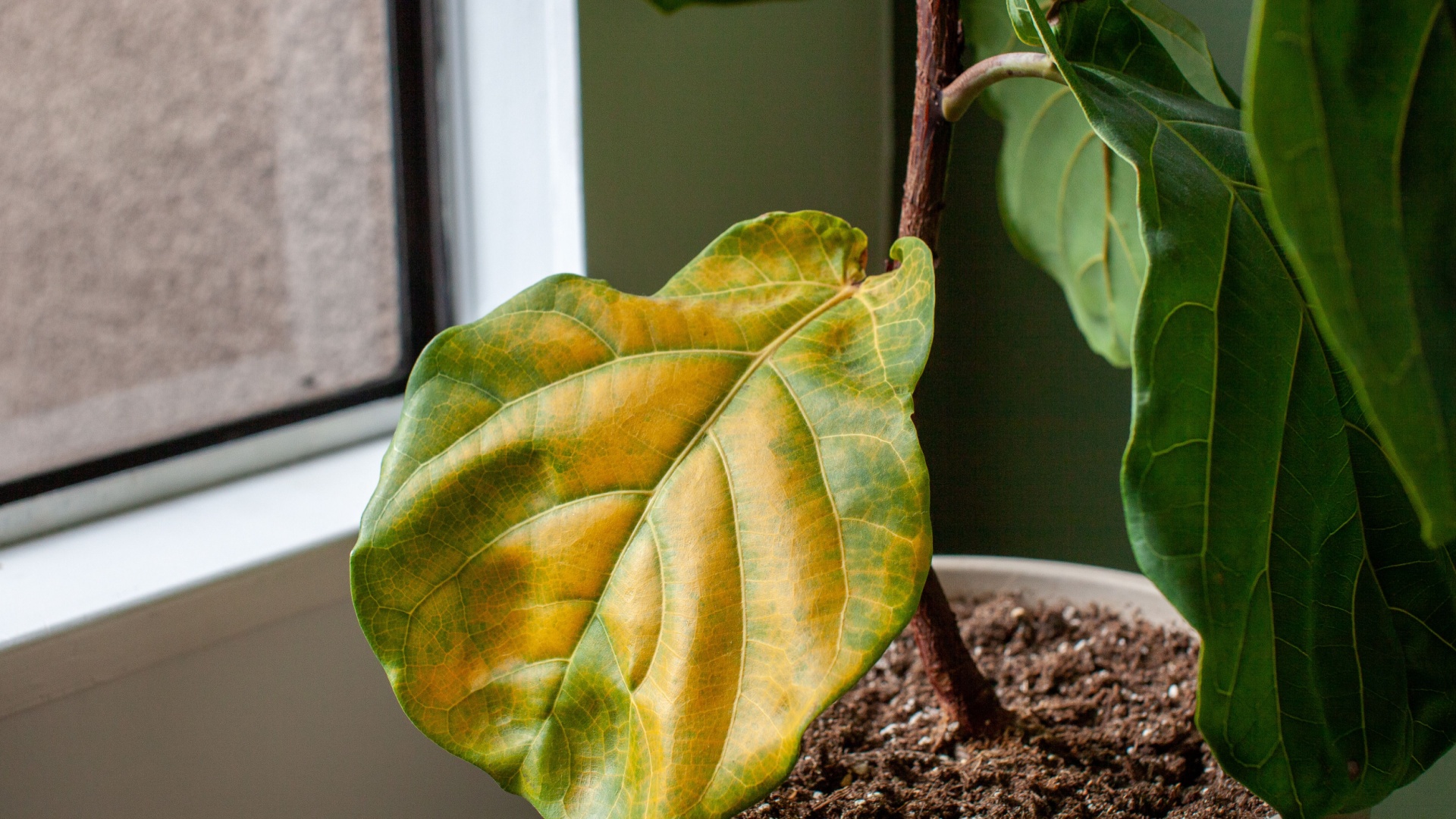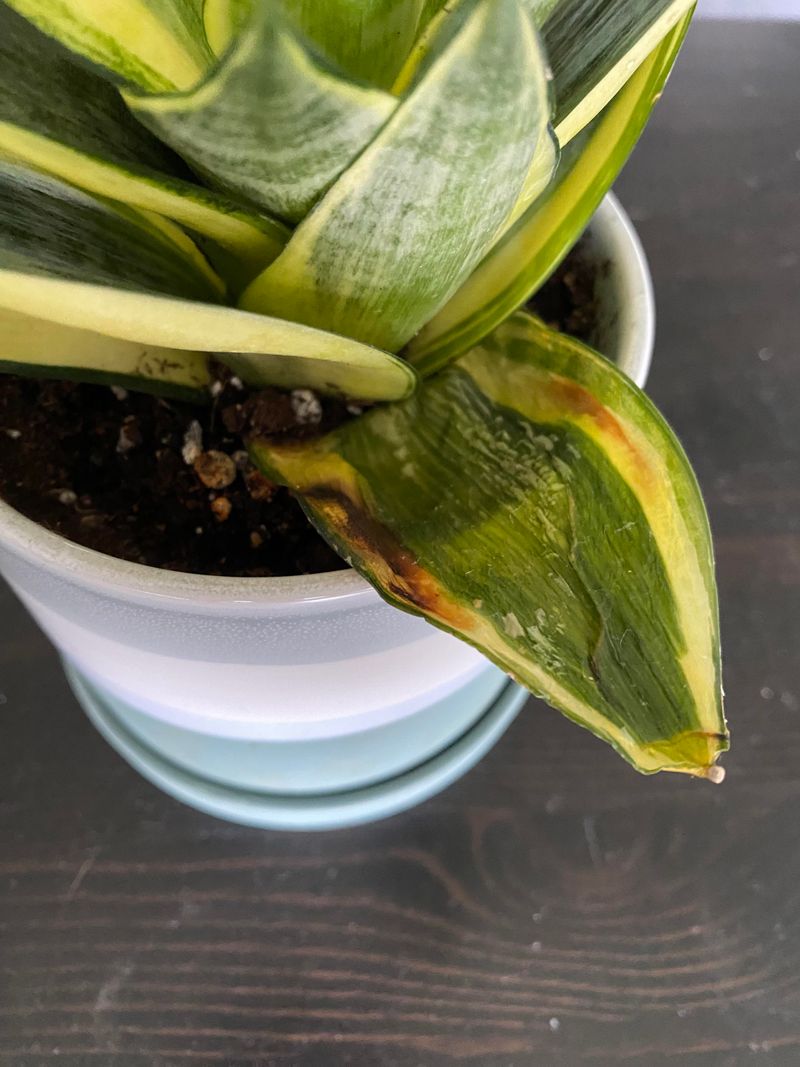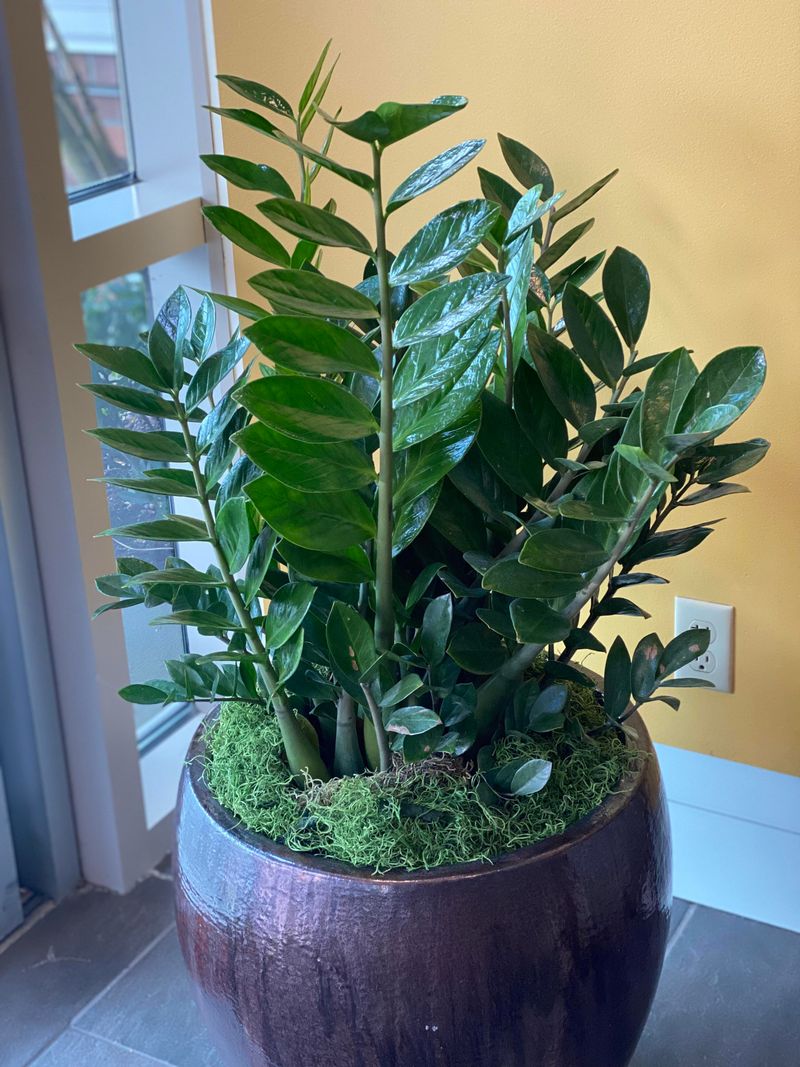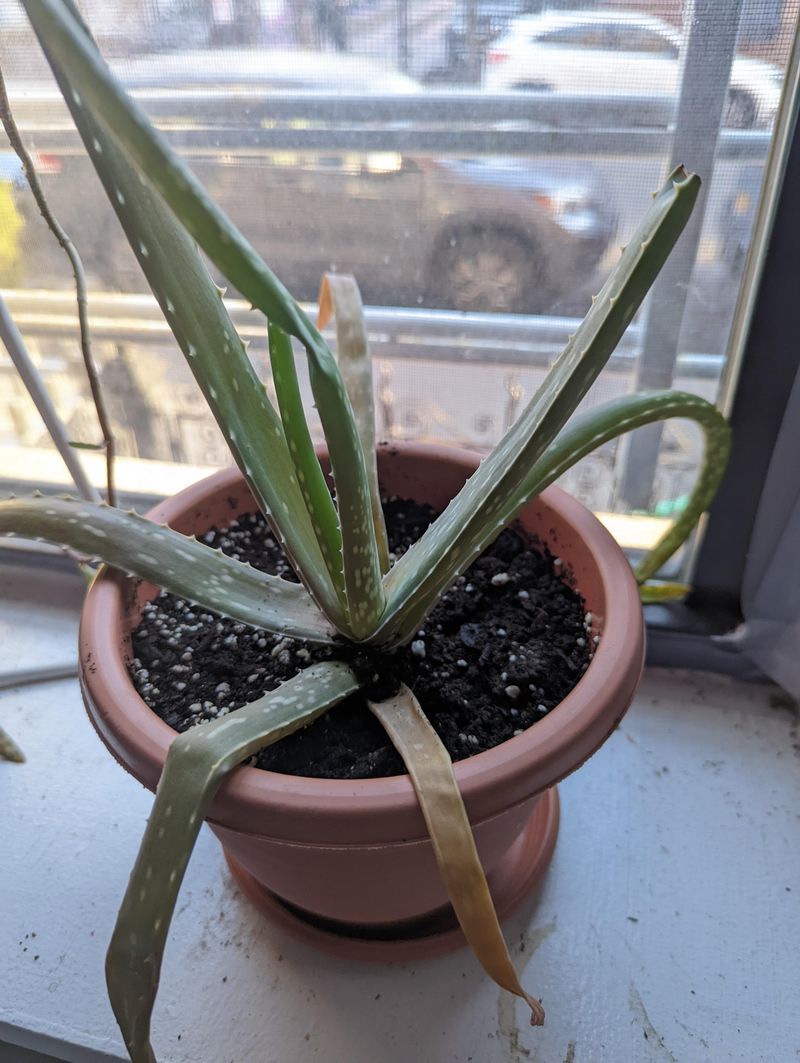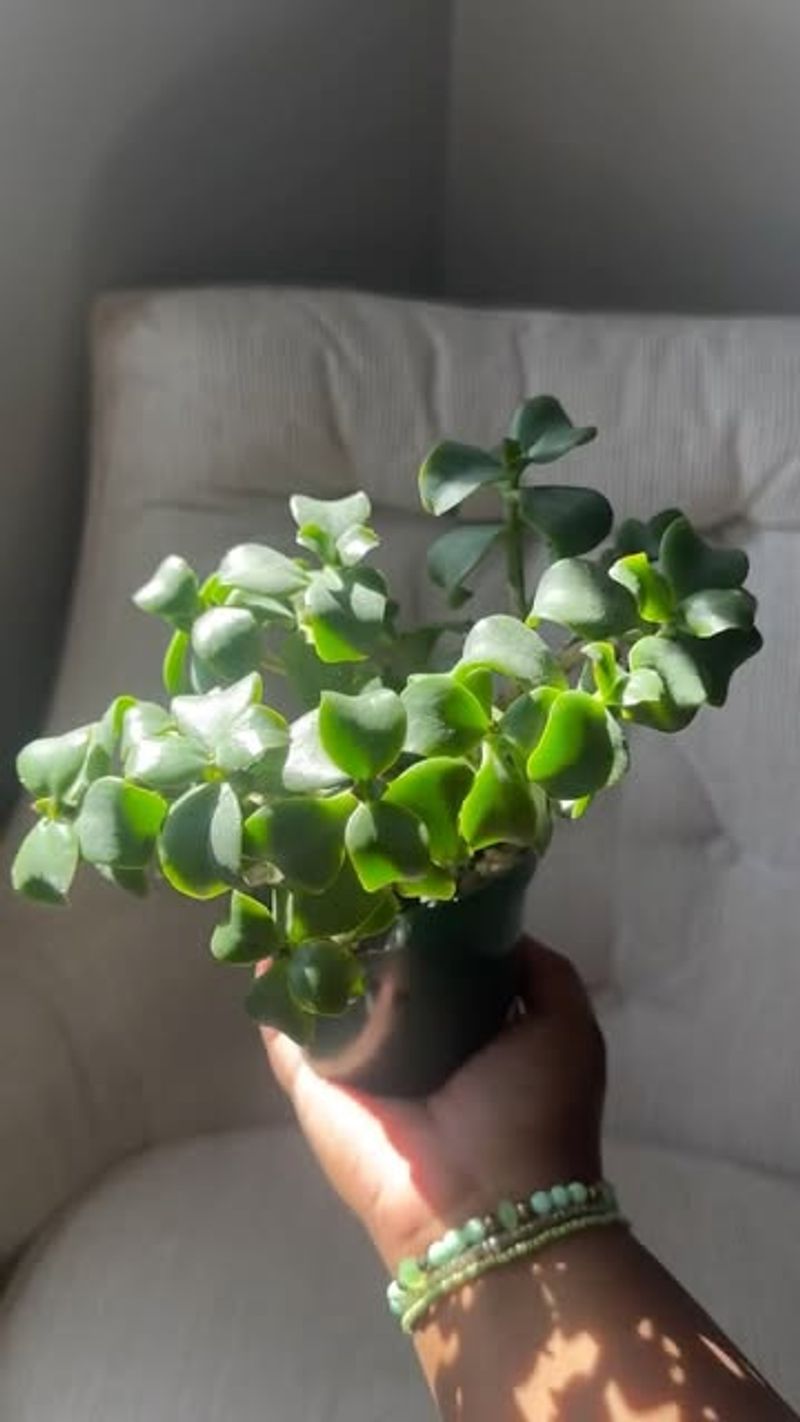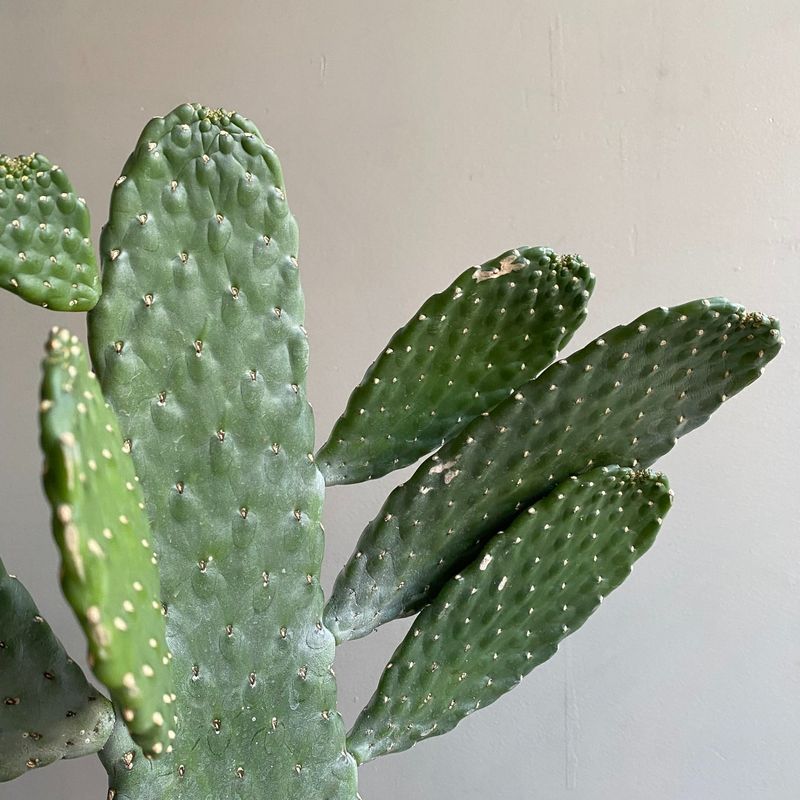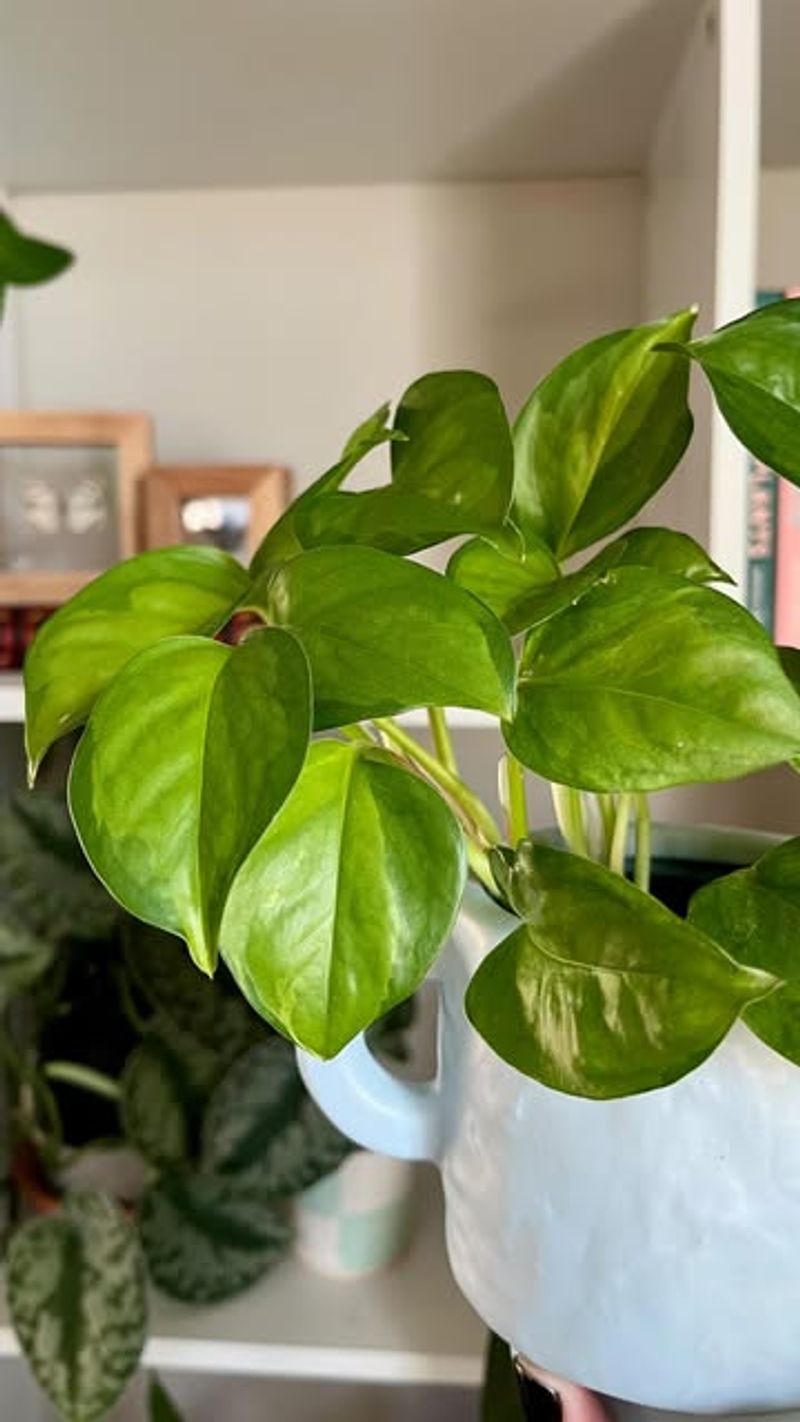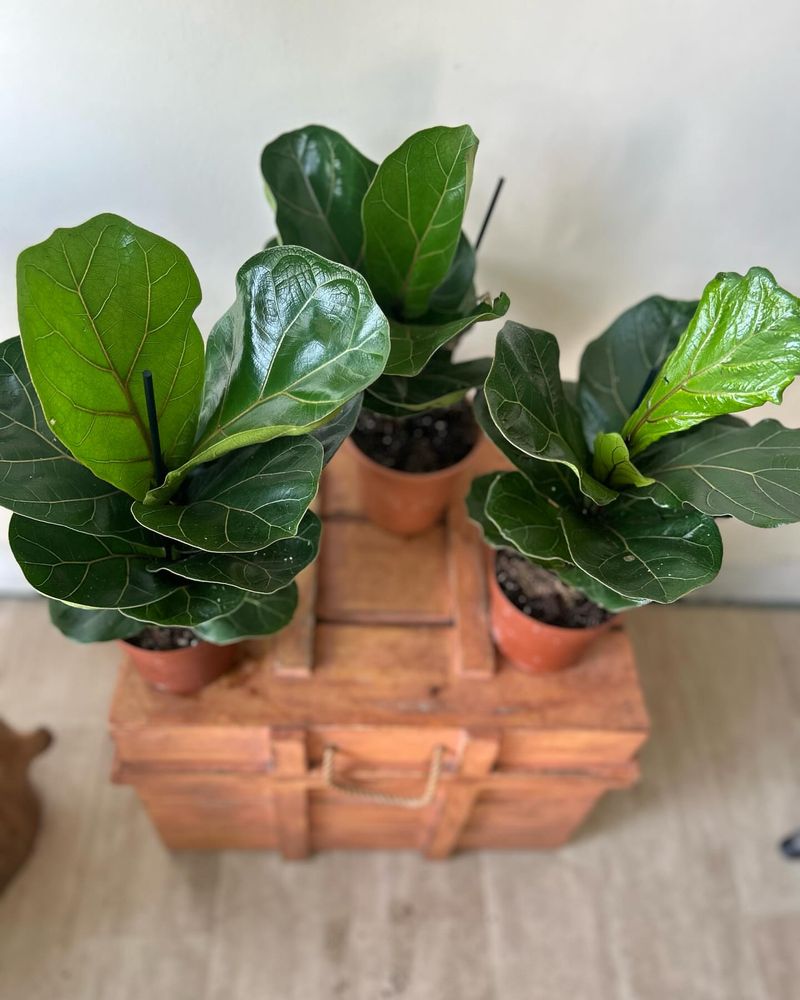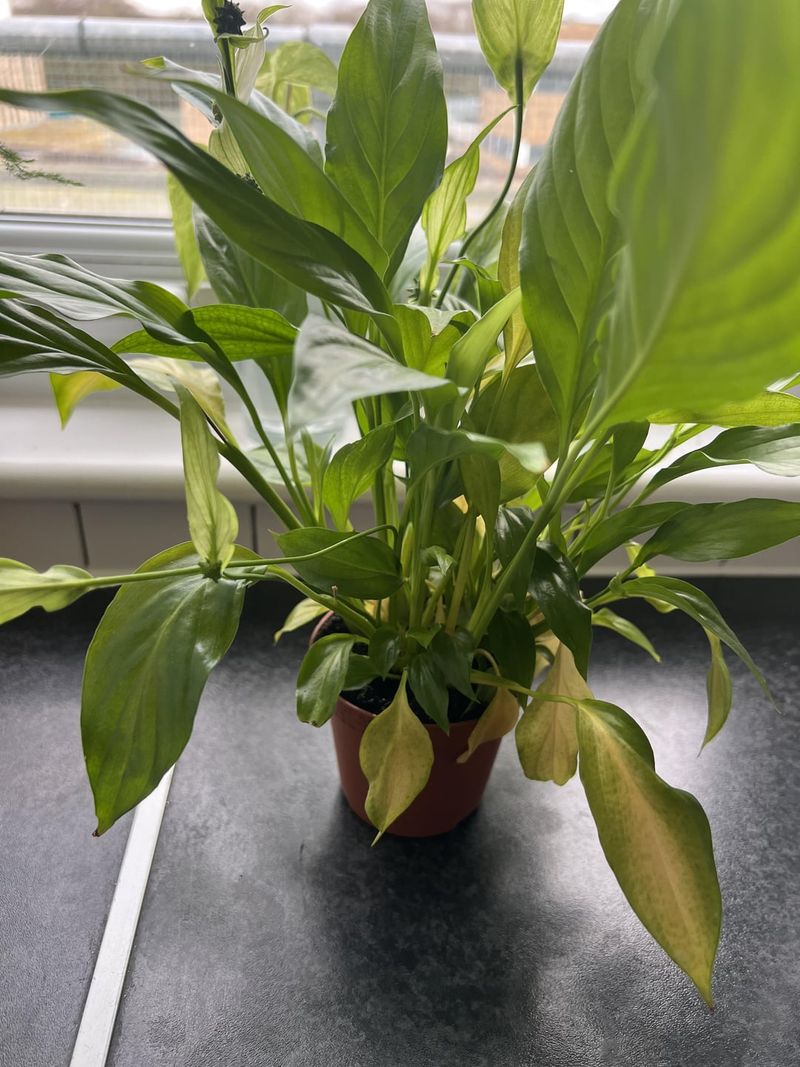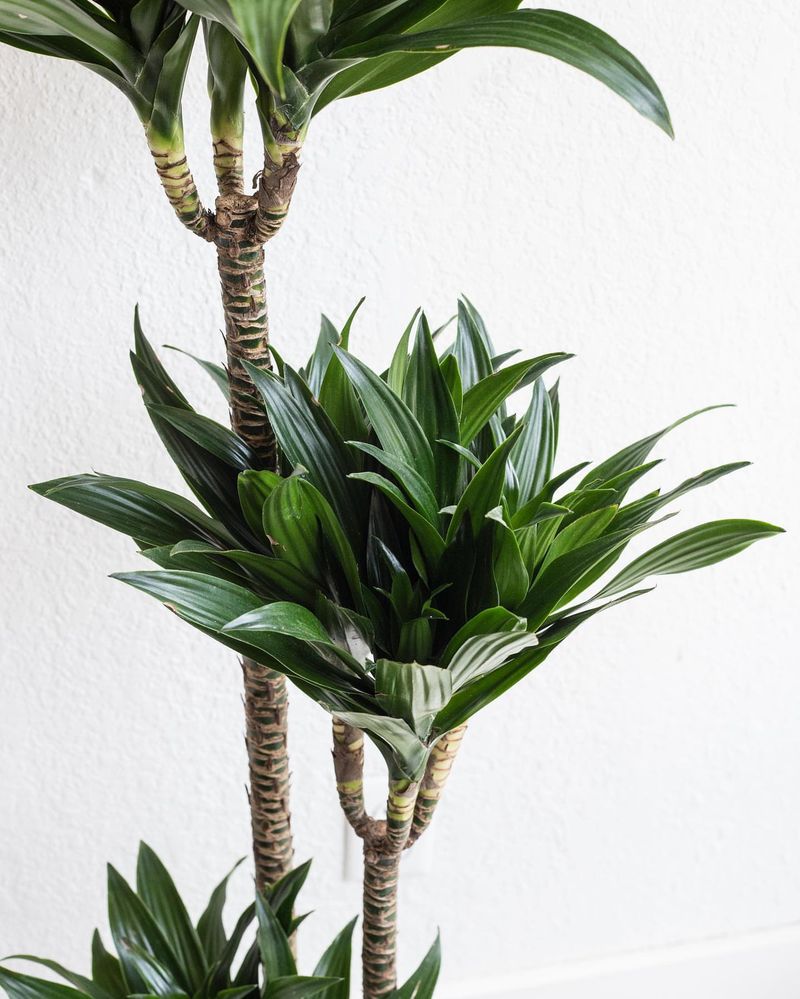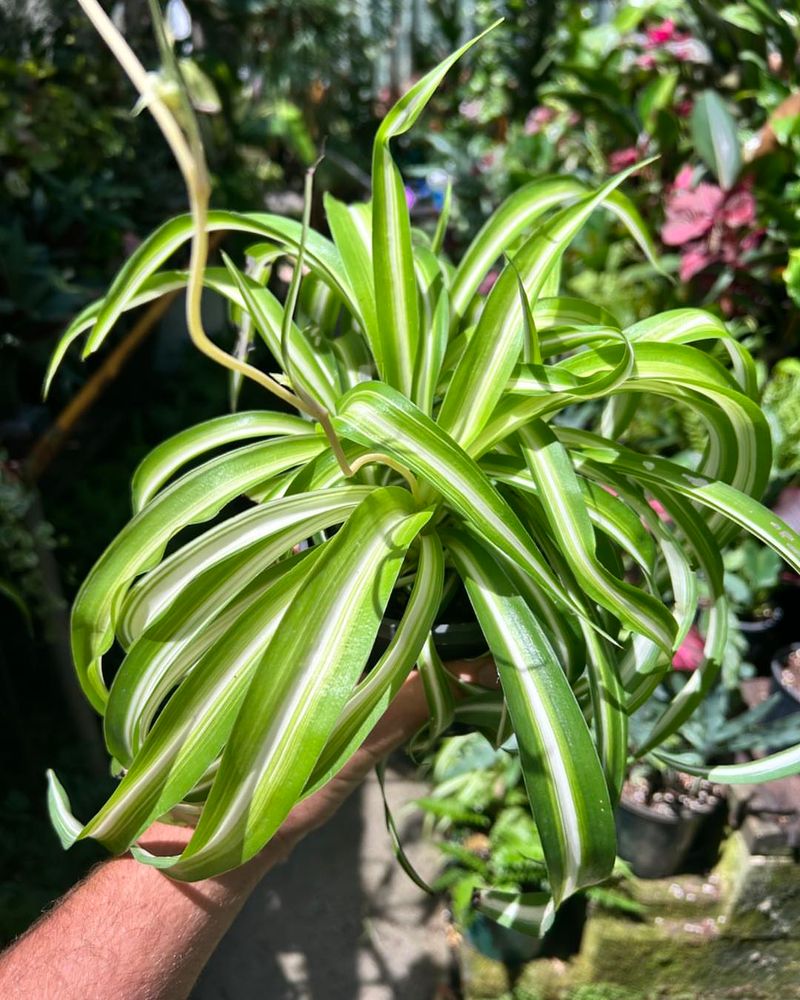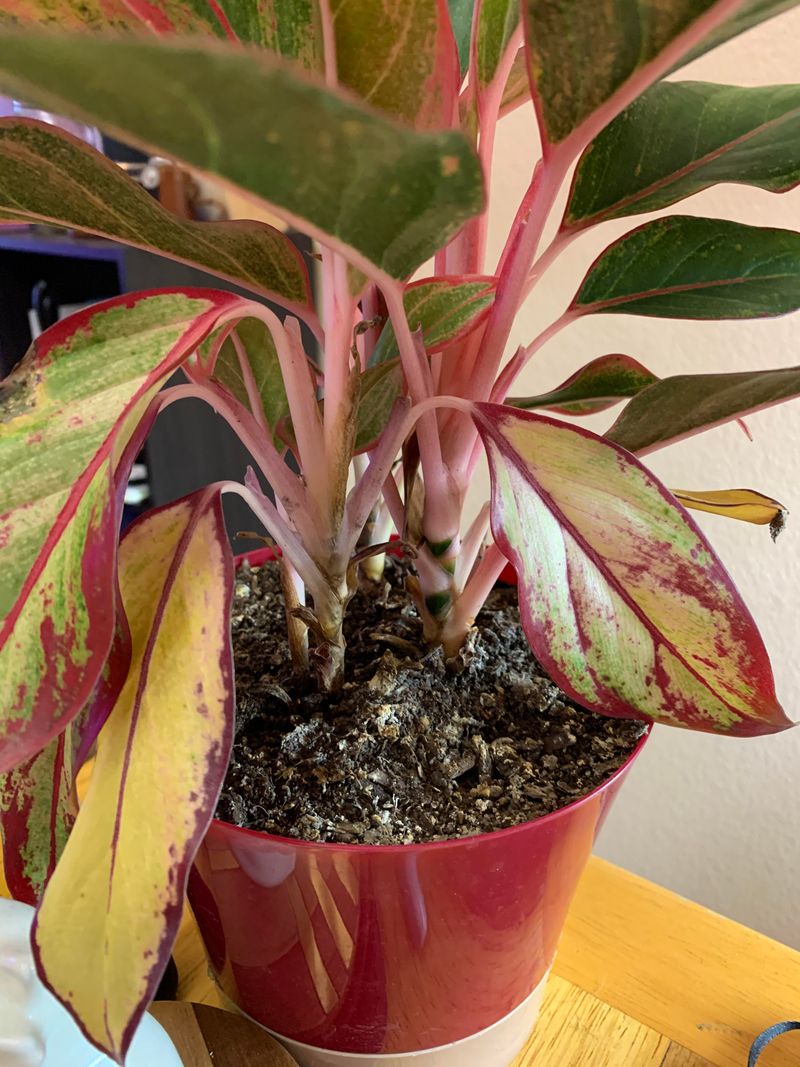August in New Jersey brings humid weather that can trick plant owners into watering too much. Your houseplants might actually need less water this month as the summer humidity peaks.
Overwatering is the number one killer of indoor plants, causing root rot and other problems that can destroy your leafy friends.
1. Snake Plant Suffers in Soggy Soil
Snake plants store water in their thick, upright leaves, making them incredibly drought-tolerant. During August’s humidity, they need watering only when the soil is completely dry.
Too much moisture will cause the leaves to turn yellow and mushy, eventually rotting the roots. Let the soil dry out completely between waterings – about every 2-3 weeks in summer.
2. ZZ Plants Drown Easily
Those shiny, dark green leaves aren’t just for show – they’re water storage units! ZZ plants have evolved potato-like rhizomes that hold water for weeks.
New Jersey’s August humidity means your ZZ plant needs minimal attention. When people panic and overwater, the stalks turn yellow and collapse. Feel the soil – if there’s any moisture two inches down, wait another week before watering.
3. Aloe Vera Rots When Wet
Native to arid regions, aloe vera plants store water in their fleshy leaves for survival. Your kitchen windowsill aloe in New Jersey needs far less water during humid August days.
Overwatering causes the base to soften and turn brown – a sure sign of impending death. Wait until the soil is completely dry, then water sparingly at the base. Those mushy spots won’t recover, so prevention is key!
4. Jade Plant Prefers Drought
Mimicking their native South African conditions helps jade plants thrive. These succulents store water in their plump leaves and stems, making them perfect low-maintenance houseplants.
During New Jersey’s humid August, jade plants need minimal watering. Soft, mushy leaves indicate drowning roots. Allow the soil to completely dry between waterings – typically once every 2-3 weeks in summer.
5. Cactus Can’t Handle Excess Water
Summer brings enough ambient moisture for most cacti, especially in humid New Jersey. Their desert origins make them champions at surviving with minimal water.
Overwatered cacti develop soft, discolored patches that eventually spread and rot. Water only when the soil is bone dry – about once a month is plenty during August. Use well-draining soil and pots with drainage holes to prevent moisture buildup.
6. Rubber Plants Rebel Against Wetness
Those glossy, dramatic leaves of rubber plants don’t need constant watering to maintain their shine. Native to tropical regions, they prefer slightly dry conditions between waterings.
New Jersey’s August humidity provides extra moisture from the air. Yellow leaves dropping from the bottom are crying out for less water! Check the top two inches of soil – if it’s still damp, hold off watering for another few days.
7. Pothos Prefers Drying Out
Pothos earned its reputation as an easy-care plant because it actually thrives on neglect. Those trailing vines grow best when the soil dries out between waterings.
August humidity in New Jersey means your pothos needs less water than usual. Yellowing leaves often signal overwatering, not underwatering as many assume. Let the soil dry until the top 2-3 inches feel completely dry before giving it a drink.
8. Fiddle Leaf Figs Fear Wet Feet
Despite their diva reputation, fiddle leaf figs aren’t thirsty plants. They hate sitting in water, which quickly leads to root rot and brown spots on those impressive leaves.
During New Jersey’s humid August, these trendy plants need water only when the top two inches of soil are completely dry. Brown spots with yellow halos are the classic sign of overwatering. Consider a moisture meter if you’re unsure about timing.
9. Peace Lilies Signal Their Needs
Peace lilies are drama queens that faint when thirsty, making them perfect plants for beginners. Their leaves droop dramatically when they need water, then perk up quickly after drinking.
Wait for this clear signal before watering, especially during humid August in New Jersey. Overwatered peace lilies develop yellow leaves and brown tips. If your plant isn’t drooping, it doesn’t need water yet – simple as that!
10. Dracaena Drowns Easily
Those striking tall stems topped with spiky foliage make dracaenas popular houseplants. Their tree-like structure stores water efficiently, reducing their watering needs.
New Jersey’s August humidity means your dracaena needs less water than usual. Brown leaf tips with yellow edges signal too much moisture. Allow the top half of the soil to dry completely before watering again – typically every 2-3 weeks during summer months.
11. Spider Plants Survive Drought
Spider plants store water in their tuberous roots, making them surprisingly drought-tolerant despite their lush appearance. Their swollen roots act like mini water reservoirs.
During humid August in New Jersey, these popular hanging plants need minimal watering. Brown leaf tips often indicate mineral buildup from overwatering, not dryness as many assume. Let the soil dry out completely between waterings to keep those arching leaves healthy.
12. Chinese Evergreen Likes It Moderate
Chinese evergreens bring tropical vibes with minimal fuss, but they’re sensitive to overwatering. Their beautiful variegated leaves quickly show distress when roots sit in water.
New Jersey’s August humidity means these plants need less frequent watering. Yellow, droopy leaves are the plant’s way of saying “stop drowning me!” Allow the top inch of soil to dry before watering again, and empty any water collecting in the saucer immediately.

